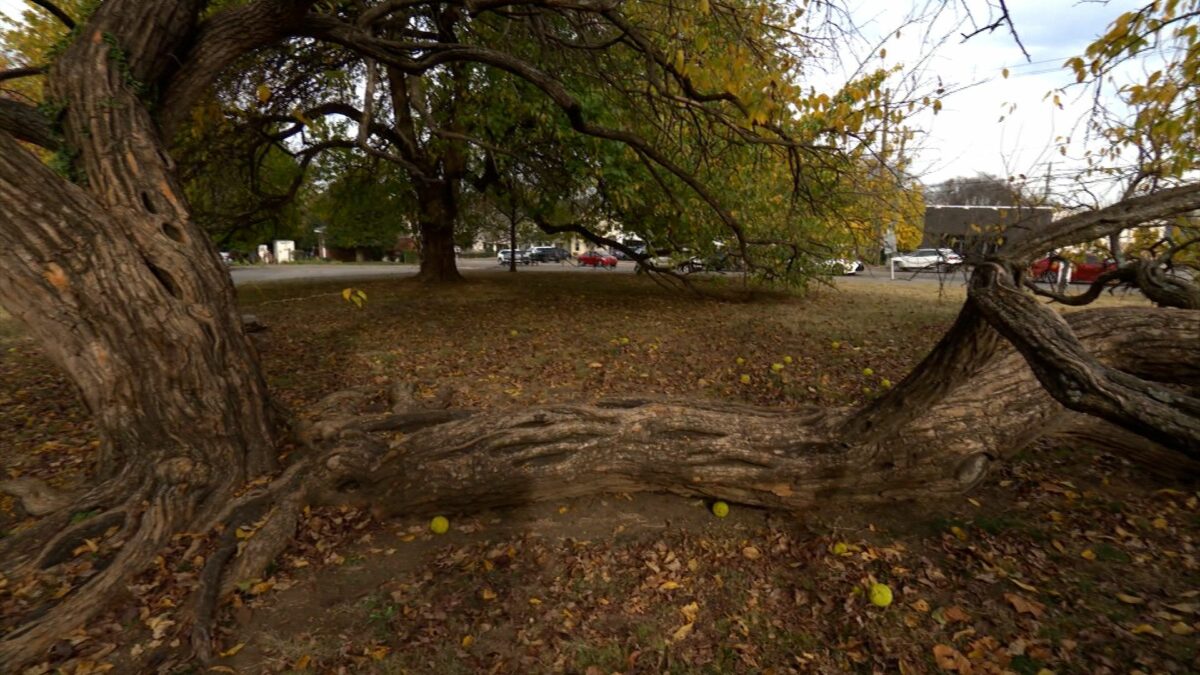
Conifers are trees and shrubs that bear cones. But beyond that common characteristic, they can vary greatly in mature size, foliage type, foliage color, and growth habit. Annette Shrader showcases a variety of beautiful specimens as she tours a private collection belonging to a couple who are conifer enthusiasts.

There's a beautiful native plant experience on the plaza adjacent to the Tennessee Aquarium in Chattanooga. Several garden beds highlight this large space, and each is brimming with native perennials, shrubs, and vines. Each plant was selected for what in can offer particular pollinators.

The mercury climbs in mid-summer, but so can the beauty in your garden. April Moore profiles some of her favorite perennials that have colorful blooms to admire, and attract hummingbirds and pollinators. Among these great plants are salvias, lobelias, rudbeckia and phlox.

Hippeastrum, commonly referred to as amaryllis, is in the grass family and is native to South America. Bulbs can remain viable for many years with the correct care. When dormant, they only need watering once a week. When the bulb starts producing a shoot, watering should be more frequent.

Trees are important to the urban landscape, and the Nashville Tree Foundation celebrates trees with its annual Big Old Tree Contest. This year there are 2 new categories for nominations: unique trees and story trees. We take a look at four healthy and vibrant trees, but are quite unique and awesome.